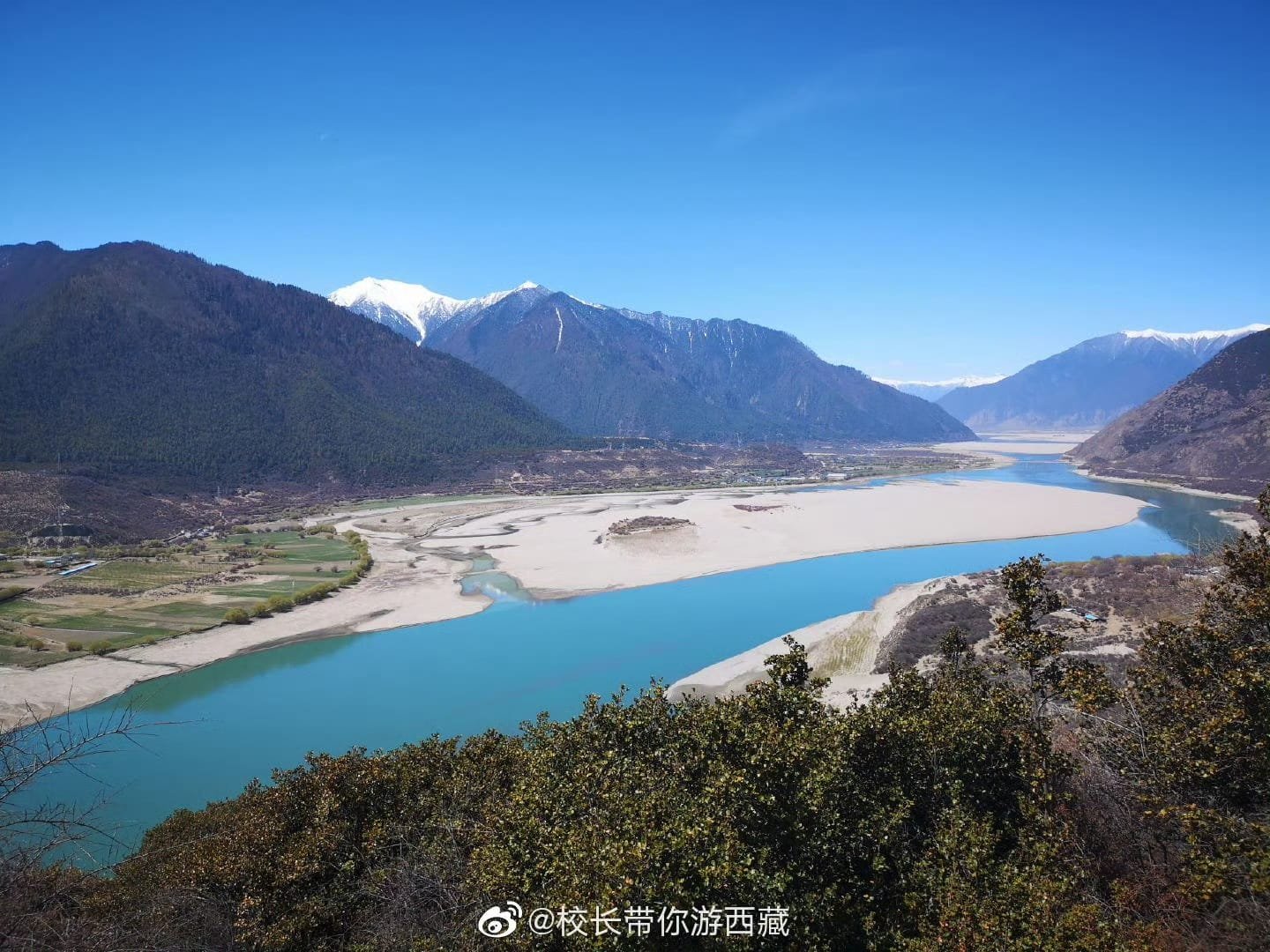Introduction to Yangchu River: A Lifeline of Tibetan Nomadic Culture
The Yangchu River (羊曲), also known as “Yangmu Yong” (羊木涌), meaning “Stone Slab River,” is a crucial waterway originating in Dingqing County (སྟེང་ཆེན་རྫོང), Tibet. Flowing northward into Qinghai Province, this river serves as an essential natural resource, supporting the local ecosystem, Tibetan nomadic culture, and traditional herding practices.
The Yangmu Yong River is a tributary on the right bank of the Jiqu section in the upper reaches of the Angqu River. It is located in the northeastern part of the Tibet Autonomous Region and the southeastern part of Qinghai Province, China.
The river originates in the northern part of Gata Township, Dingqing County, Chamdo Prefecture, Tibet Autonomous Region. From its source, it flows northeast for over 20 kilometers before turning northwest. Upon reaching Muta Township, it resumes a northeastward course, flowing along the Tibet-Qinghai border for about 10 kilometers before entering the territory of Zadoi County in Yushu Tibetan Autonomous Prefecture, Qinghai Province. Finally, it merges into the Jiqu River northeast of Xinyun Village in Sulu Township, Zadoi County.
Geographical Features of Yangchu River
The Yangmu Yong River has a total length of 79 kilometers, a drainage area of 851 square kilometers, and a total elevation drop of 933 meters.
Location and Source
- Origin: The Yangchu River begins in the highlands of Dingqing County, Tibet, before making its way into Qinghai Province.
- Geographical Position: Located in the northwestern part of Dingqing County, it plays a significant role in shaping the local topography and ecology.
- Naming Significance: The river derives its alternative name, “Stone Slab River,” from the stone slabs naturally found along its riverbed and banks.
Ecological and Pastoral Importance
The Yangchu River basin is surrounded by vast, nutrient-rich grasslands that form the backbone of Tibetan nomadic life. These fertile pastures provide essential grazing grounds for various livestock crucial to the local economy:
- Yaks (牦牛): A staple of Tibetan herders, yaks provide dairy, wool, and transportation.
- Dzo (犏牛): A hybrid of yaks and cattle, valued for their strength and milk production.
- Tibetan Sheep (藏系绵羊): Primarily raised for their high-quality wool and meat.
- Mountain Goats (山羊): Known for their resilience in extreme climates, contributing to local livelihoods.
Cultural and Economic Significance
Beyond its ecological role, the Yangchu River holds deep cultural and economic significance for Tibetan nomadic communities. For centuries, it has supported traditional herding practices, sustaining local populations and preserving Tibet’s rich pastoral heritage. The river ensures the survival of a livestock-based economy, reinforcing the importance of traditional Tibetan customs and lifestyles.
Conclusion
The Yangchu River is more than a geographical landmark—it is a lifeline for the Tibetan people. Its ecological, pastoral, and cultural significance makes it a crucial element in sustaining the region’s nomadic traditions and economic stability. As an enduring symbol of Tibetan heritage, the river continues to support generations of herders, ensuring the preservation of their way of life for years to come.









